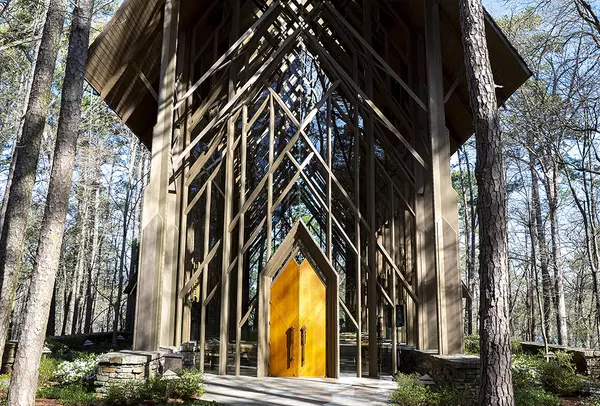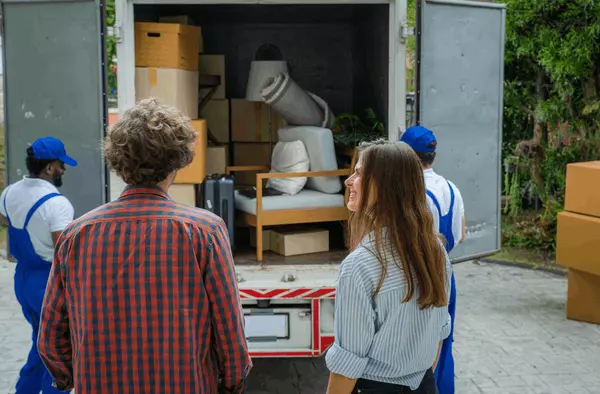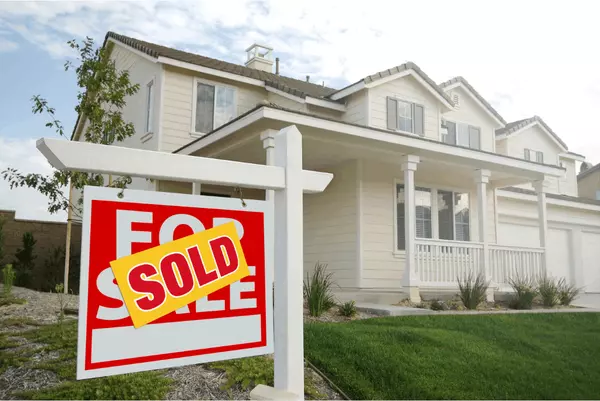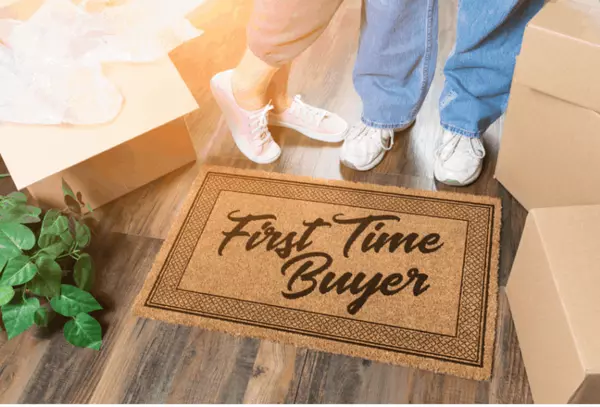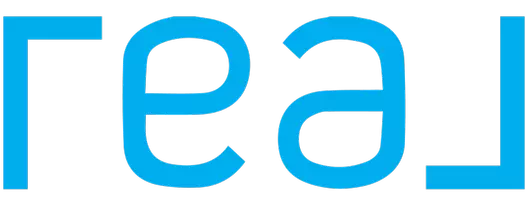Understanding Down Payments: What You Need to Know Before Buying a Home
Understanding Down Payments: What You Need to Know Before Buying a Home
When you’re dreaming about buying a home, one of the first hurdles you’ll encounter is the down payment. It’s a term tossed around in every real estate conversation, but what does it really mean, and how much do you actually need?
What is a Down Payment?
Simply put, a down payment is the initial lump sum you pay upfront when purchasing a property. It’s your stake in the home, while a mortgage typically covers the rest of the price. Think of it as your ticket to unlocking the door to homeownership.
How Much Do You Need?
The traditional benchmark for a down payment is 20% of the home’s purchase price. For example, if you’re eyeing a $400,000 home, a 20% down payment would be $80,000. But don’t let that number scare you. Many buyers put down much less, thanks to a variety of loan programs.
- Conventional Loans: These often require as little as 3-5% down for qualified buyers.
- FHA Loans: Backed by the Federal Housing Administration, these require as little as 3.5% down.
- VA and USDA Loans: For eligible buyers, these programs may require no down payment at all!
Why Does the Down Payment Matter?
The size of your down payment influences more than just your upfront costs. A larger down payment can mean:
- Lower monthly mortgage payments
- Better loan terms and interest rates
- No need for private mortgage insurance (PMI) if you reach 20%
Tips for Saving Up
Saving for a down payment can feel daunting, but small steps add up. Consider setting up automatic transfers to a dedicated savings account, trimming unnecessary expenses, or exploring down payment assistance programs in your area.
Remember, every homebuyer’s journey is unique. There’s no one-size-fits-all answer, so let's talk about your options. With a little planning and the right guidance, your path to homeownership can be closer than you think!
Categories
Recent Posts
